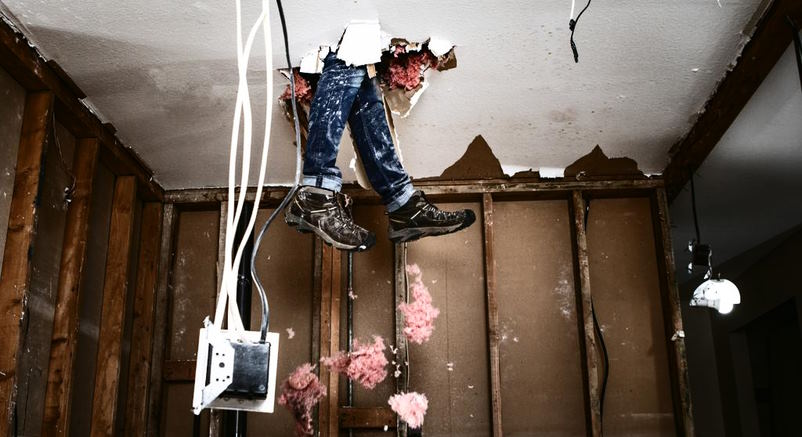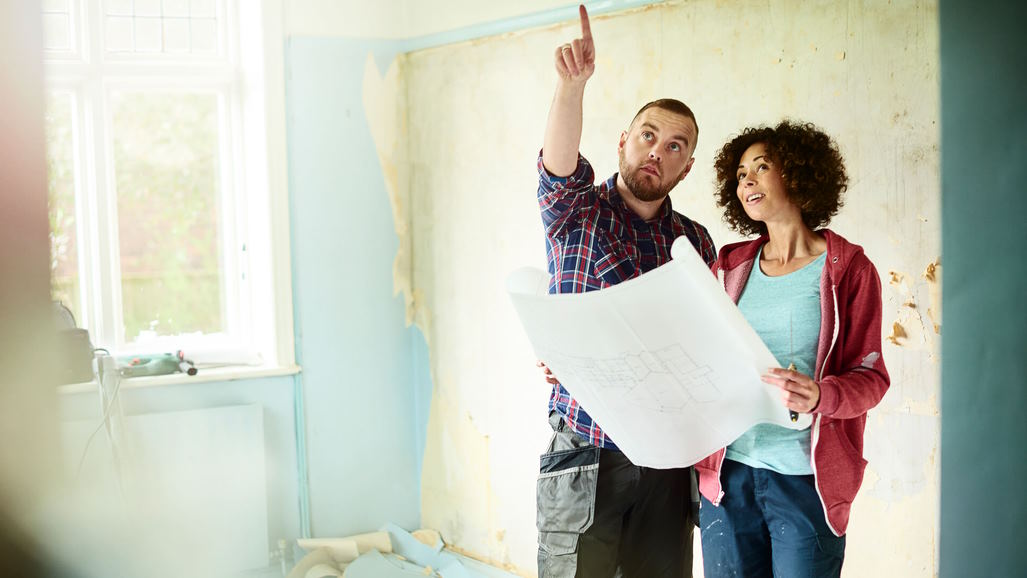Renovation Challenges: Common Mistakes to Avoid in DIY Demolition
Renovating a home can be an exciting and fulfilling endeavor, and many homeowners opt for the do-it-yourself (DIY) approach to save on costs and add a personal touch. However, one crucial aspect of home renovation that requires careful consideration is demolition. DIY demolition can be challenging and prone to mistakes if not approached with proper planning, safety precautions, and knowledge. In this article, we will outline common mistakes to avoid in DIY demolition, including lack of planning, insufficient safety precautions, overzealous demolition, improper waste disposal, inadequate knowledge and skills, and failure to account for hidden issues. By being aware of these challenges, homeowners can ensure a successful and safe home renovation project.

Lack of Proper Planning: A Common Mistake in DIY Demolition
When it comes to DIY demolition in home renovation, proper planning is key to ensuring a successful and safe project. Skipping this crucial step can lead to costly mistakes and potential hazards. Without a well-thought-out plan, homeowners may find themselves facing unnecessary challenges during the demolition process. To avoid such pitfalls, it is imperative to take the time to create a comprehensive demolition plan that includes identifying which areas to demolish, obtaining necessary permits, setting a timeline, and assessing the structural integrity of the area to be demolished while planning for safety measures.
Identifying Which Areas to Demolish
One of the first steps in DIY demolition is to clearly identify which areas of the home need to be demolished. This includes determining which walls, fixtures, or structures will be removed, and what purpose they serve in the overall renovation plan. It is essential to carefully assess the project and create a detailed demolition plan that outlines the specific areas to be demolished, taking into consideration factors such as load-bearing walls, plumbing, and electrical systems.
Obtaining Necessary Permits
Another critical aspect of proper planning in DIY demolition is obtaining the necessary permits. Depending on the scope of the demolition project and local building codes, permits may be required to ensure compliance with safety regulations and legal requirements. Failure to obtain the proper permits can result in fines, delays, and potential legal issues. Therefore, it is crucial to research and obtain all the necessary permits before commencing the demolition process.
Setting a Timeline
Setting a timeline is an essential part of proper planning in DIY demolition. Having a realistic timeline helps homeowners to stay organized and ensures that the demolition process progresses smoothly. It is important to consider factors such as the availability of tools, equipment, and labor, as well as any potential disruptions to daily activities during the demolition phase. Setting a timeline allows homeowners to plan ahead, manage their resources efficiently, and avoid unnecessary delays.
Assessing Structural Integrity and Planning for Safety Measures
Before starting the demolition process, it is imperative to assess the structural integrity of the area to be demolished and plan for safety measures. This includes identifying load-bearing walls, electrical or plumbing systems, and other potential hazards. Proper planning should also include strategies for dust control, proper ventilation, and securing the work area to prevent accidents or injuries. Homeowners should prioritize safety and ensure that all necessary precautions, such as wearing protective gear and shutting off utilities, are taken to mitigate potential risks during the demolition process.

Insufficient Safety Precautions: A Costly Mistake in DIY Demolition
Safety should be the top priority in any DIY demolition project. Without proper safety precautions, homeowners may expose themselves and others to risks and hazards that can result in serious injuries, health issues, or even legal liabilities. Insufficient safety precautions are a common mistake in DIY demolition that can have costly consequences. It is crucial to understand and address the potential risks associated with demolition, and take appropriate measures to ensure a safe and successful project.
Risks and Hazards of DIY Demolition
DIY demolition can expose homeowners to various risks and hazards. Dust and debris generated during demolition can contain harmful substances such as asbestos, lead, or mold, which can pose serious health risks if inhaled or ingested. Additionally, sharp objects, nails, or debris can cause cuts, punctures, or other injuries if not handled properly. Electrical, plumbing, and gas systems can also pose risks if not properly shut off or dealt with during the demolition process. Therefore, it is crucial to be aware of these potential hazards and take appropriate safety measures.
Wearing Proper Protective Gear and Following Safety Guidelines
One of the most critical safety precautions in DIY demolition is wearing proper protective gear and following safety guidelines. This includes wearing goggles, gloves, masks, and appropriate clothing to protect against dust, debris, and sharp objects. It is also essential to follow safety guidelines and instructions for handling tools and equipment, as well as proper lifting techniques. Homeowners should educate themselves on proper safety practices and ensure that all individuals involved in the demolition process are trained and equipped with the necessary protective gear.
Shutting Off Utilities
Another crucial safety measure in DIY demolition is to shut off utilities before starting the demolition process. This includes shutting off electricity, water, and gas supplies to the area to be demolished to prevent accidents and injuries. Homeowners should familiarize themselves with the locations of utility shut-off points and ensure that all relevant utilities are safely turned off before commencing any demolition work. It is also important to mark or label shut-off points clearly to avoid confusion or accidents during the project.



